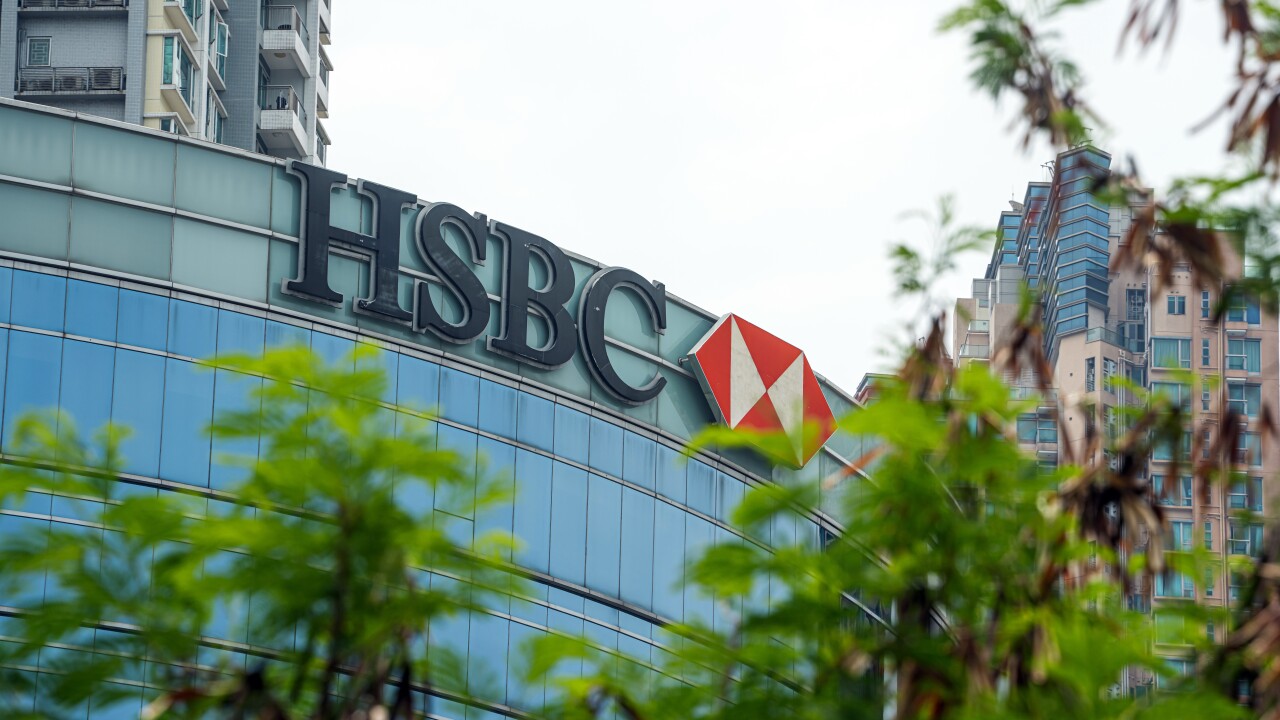There are several new anti-money-laundering regulations in the U.S. and Europe, creating challenges in building best practices for compliance tasks.
Identifying and verifying Ultimate Beneficial Ownership of clients or partners is one of those challenges. If you’re doing business with commercial clients a UBO check is, in many cases, mandatory, or it soon will be. Beneficial ownership information is a requirement of the 4th AML Directive in Europe and different jurisdictions are passing the enabling laws to enforce reporting requirements. For example, Sweden just passed legislation that came into force on Aug. 1, require notifying the Swedish Companies Registration Office of beneficial owners.
The Swedish example is useful, because it illustrates some of the specific requirements: It covers Swedish companies, companies operating in Sweden and individuals who administer trusts and other similar legal structures. Under the Swedish rule, a beneficial owner is anyone who controls the company directly or through agreements, or has over a 25% ownership stake, or has the power to control at least half of the board.
Also, any change of beneficial ownership must be reported as soon as the entity becomes aware of the change (within a few days). And while each European country will have to determine its exact legislation, the laws have to conform to the 4th AML Directive, so they will share much in common with the Swedish rules.

In the U.S., similar beneficial ownership disclosures are a part of the upcoming FinCEN Customer Due Diligence Final Rule, which takes effect May 11, 2018.
According to FinCEN Guidance FIN-2016-G003, “the CDD Rule outlines explicit customer due diligence requirements and imposes a new requirement for these financial institutions to identify and verify the identity of beneficial owners of legal entity customers, subject to certain exclusions and exemptions.”
There are also international UBO Standards. While the 4th AMLD and the CDD Final Rule are on the books, other countries have agreed to international agreements that call for beneficial ownership disclosures. As far back as 2003, the Financial Action Task Force set standards for beneficial ownership. And in 2012, 198 jurisdictions agreed to a strengthened set of Financial Action Task Force standards.
At the G-20 Brisbane Summit in November 2014, there was a policy declaration, G20 High-Level Principles on Beneficial Ownership Transparency: “Countries should ensure that competent authorities (including law enforcement and prosecutorial authorities, supervisory authorities, tax authorities and financial intelligence units) have timely access to adequate, accurate and current information regarding the beneficial ownership of legal persons. Countries could implement this, for example, through central registries of beneficial ownership of legal persons or other appropriate mechanisms.”
However, in October 2016 a FATF report to examine progress — Report to the G20: Beneficial Ownership — found that only two of the Group of 20 nations had a “substantial level of effectiveness in relation to beneficial ownership requirements.”
The FATF report, regulatory changes in Europe and the U.S., and major corruption scandals such as the Panama Papers are all putting pressure on other G-20 countries to put an effective beneficial ownership disclosure system in place.
In July, Canadian Federal Finance Minister Bill Morneau stated that Canada would soon enact new rules compelling Canadian company owners to reveal themselves in government filings. In Australia, a consultation regarding new AML laws, including beneficial ownership, is currently ongoing, with promises to finalize rules this year.
While progress might not be as swift as the FATF wants, progress seems inevitable; legitimate governments do not want to be seen to be soft on corruption. Whether it’s to collect more tax revenue, prevent terrorist financing, improve transparency, or stop the flow of illegal funds, there’s a noticeable trend to require beneficial ownership due diligence.
What specific policies and procedures should your organization follow in regard to UBO? Of course, you need to adhere to specific compliance requirements for each country your organization operates in. However, taking a big-picture view, many standard procedures are possible as there are significant similarities in the information requirements across the globe.
There are four main steps you need to implement to create an effective UBO program:
Receive company vitals. Identify and verify an accurate company record such as information regarding register number, company name, address, status, and key management personnel. While the specific information that you gather depends on the jurisdiction and your fraud prevention standards, you’ll need to systematically gather the information and input it into your workflows.
Analyze ownership structure and percentages. Determine the entities or natural people who have an ownership stake, either through direct ownership or through another party.
Identify beneficial owners. Calculate the total ownership stake, or management control, of any natural person and determine if it crosses the threshold for UBO reporting.
Perform AML/KYC checks on individuals. For all individuals deemed to be a UBO, perform AML/KYC checks.
While in theory four steps do not seem too onerous, in practical terms, without a proper system in place UBO checks will add substantial costs, delays and headaches to both compliance teams and legal-entity customers.
While technically possible, manual systems that have employees perform individual searches on multiple registrars, import data, track records, and perform complex reviews, is rife with potential issues. It slows down the onboarding or monitoring process, making clients wait to do business. It’s prone to errors, as every keystroke is a possible mistake that will need re-entry. It’s expensive, as staff time is drawn upon for every step and their expertise is wasted on data-entry, not high-level compliance considerations.
With the increasing demands of AML/CFT compliance, solutions that automate the entire workflow for identifying and verifying UBOs are the future.





